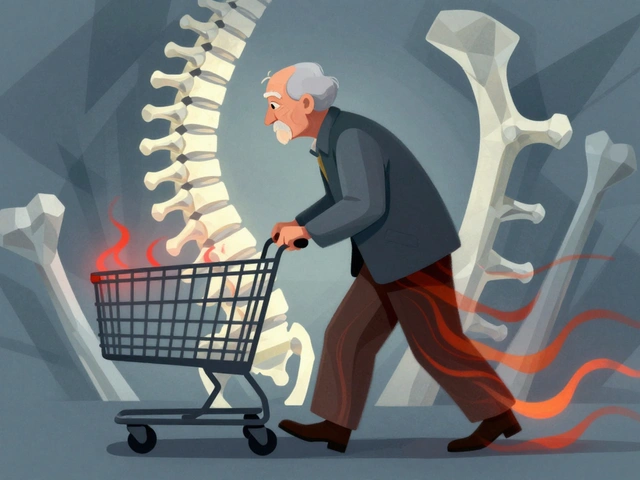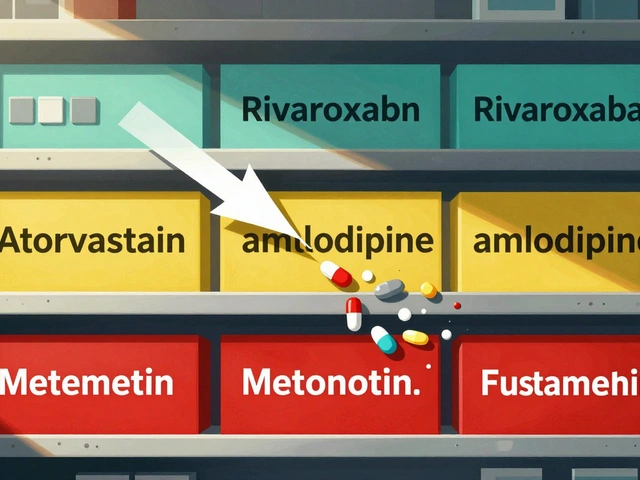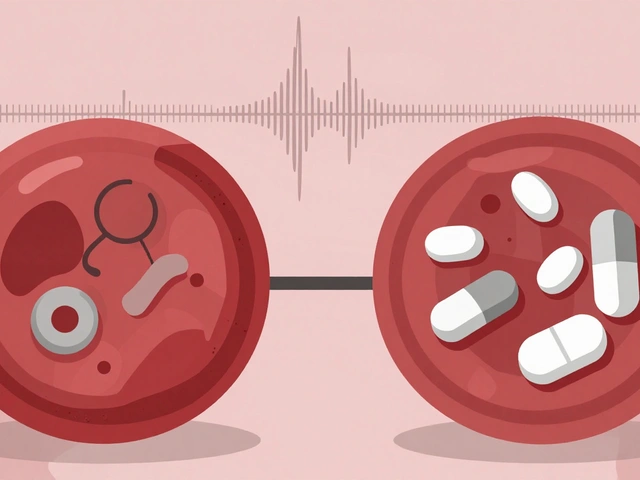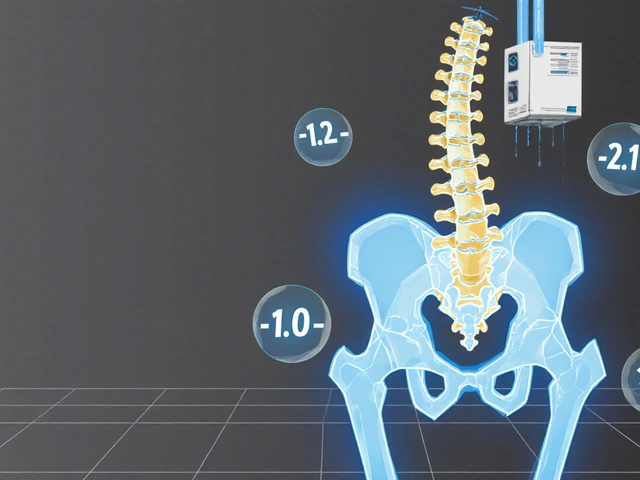Understanding Rectal Bleeding: What You Need to Know
Noticing blood when you use the bathroom can be alarming. Rectal bleeding isn’t always a sign of something serious, but it’s important to know what’s going on. This guide breaks down the main causes of rectal bleeding, what symptoms to watch for, and when it’s time to get medical help.
Rectal bleeding means any bleeding that comes from your lower digestive tract — including the rectum or anus. It can show up as bright red blood on toilet paper, blood mixed in with stool, or darker stools caused by older bleeding. The color and amount of blood can give clues about the cause.
Common Causes of Rectal Bleeding
One of the most frequent culprits is hemorrhoids, which are swollen blood vessels in and around the anus. They can cause itching, pain, and fresh blood during bowel movements. Another cause is anal fissures, small tears in the skin that happen when stool is hard or large.
Less commonly, rectal bleeding can signal more serious issues like diverticulosis (small pouch-like structures in the colon), inflammatory bowel disease (IBD), or infections. In rare cases, it might point to colorectal cancer, especially if you’re older or have risk factors. That’s why paying attention to other symptoms matters.
When to See a Doctor
If the bleeding is heavy, doesn't stop, or if you feel dizzy or weak, you should get medical help right away. Also, see a doctor if bleeding happens along with other signs like unexplained weight loss, severe abdominal pain, changes in bowel habits, or if you notice dark, tarry stools.
Doctors usually start by asking about your symptoms and medical history. You might need tests like a colonoscopy to look inside your colon and rectum. Early diagnosis is key to treating any serious issues before they get worse.
The good news? Many causes of rectal bleeding are treatable with simple steps. Drinking plenty of water, eating fiber-rich foods, and avoiding strain during bowel movements can help prevent hemorrhoids and fissures. If you have ongoing problems, there are safe medications and procedures that can provide relief.
Remember, don’t ignore rectal bleeding. Even if it’s minor, getting a professional opinion can save you from bigger problems down the road. Stay informed and take control of your health.
What could cause a bright red rectal bleeding with no pain?
Bright red rectal bleeding without pain is a symptom which can be caused by a variety of conditions. Common causes of rectal bleeding without pain include anal fissures, hemorrhoids, inflammatory bowel disease, and rectal cancer. Other causes can include pelvic inflammatory disease, rectal ulcers, and infections. Treatment for rectal bleeding without pain depends on the underlying cause, and can range from lifestyle modifications to medications and surgery. It is important to speak to a doctor as soon as possible if you experience rectal bleeding without pain.










